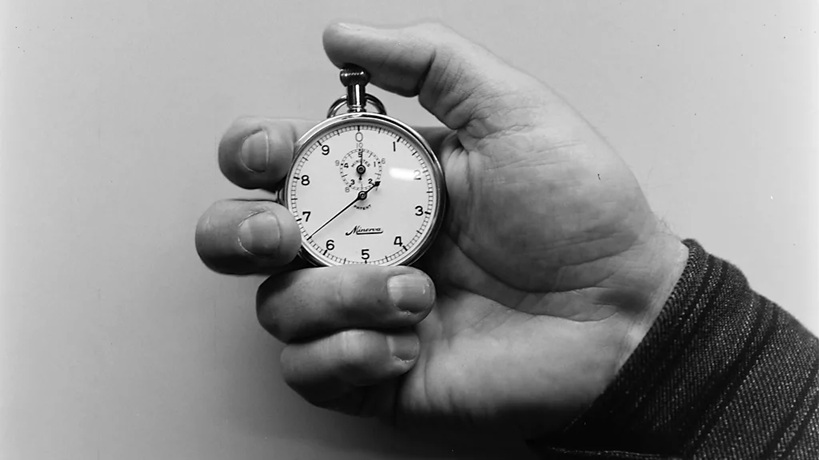Your reaction times can reveal a surprising amount about what’s going on inside your body, from your brain health to your risk of an early death.
Of the course of our lifetimes, our reaction times will slowly wane. It’s one of the reasons why athletic performance tends to drop off from our 30s onwards.
Scientists are finding that being able to maintain an average reaction speed can be a key indicator that our brain is still in good working order, even into our latter decades. But that isn’t all they can reveal. From your heart health to your overall risk of an early death, your reaction times can provide a window into the inner workings of the body.
“Some people just tend to be faster than others, even before ageing effects really kick in,” says Simon Cox, professor of brain and cognitive ageing at the University of Edinburgh in Scotland. “But a decline in reaction times probably indicates an accumulation of age-related degradation. It’s a marker which tells us a lot about the combined functioning of quite a lot of biological systems.”
But how can you assess your reaction time in the comfort of your home?
One easy assessment is a well-known experiment known as the “ruler drop test”. You’ll need the assistance of a family member or friend for this one, as well as a ruler:
• Sit in a chair, resting your arm on a table so that your wrist is hanging off the edge, with your thumb and forefingers facing up.
• Ask your partner to hold a ruler vertically, over your hand, with the “zero”, where the numbers start, aligned with your thumb.
• Without warning, your partner should drop the ruler, while you try to catch it as quickly as possible.
• The distance the ruler falls before being caught is an assessment of your reaction time.
Broadly speaking, an excellent performance equates to catching the ruler at a distance less than 7.5cm, above average counts as 7.5-15.9cm, average is 15.9-20.4cm, while below average is anything over 20.4cm and poor is more than 28cm.

